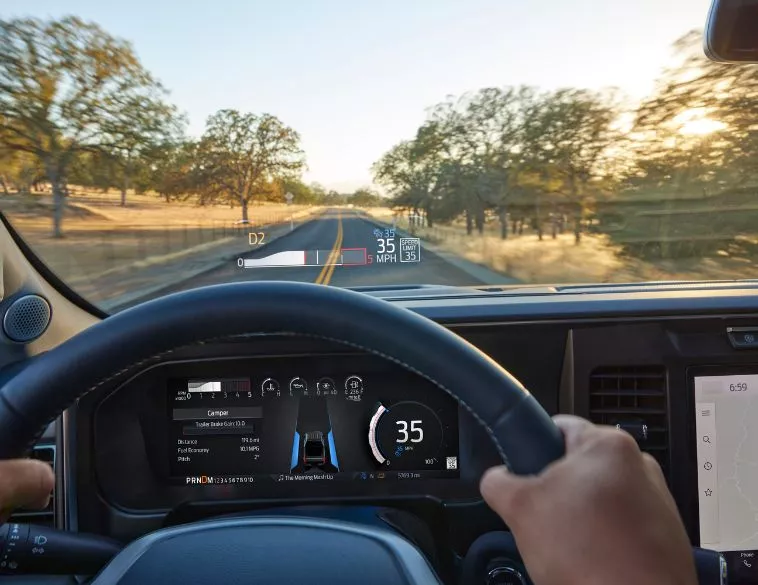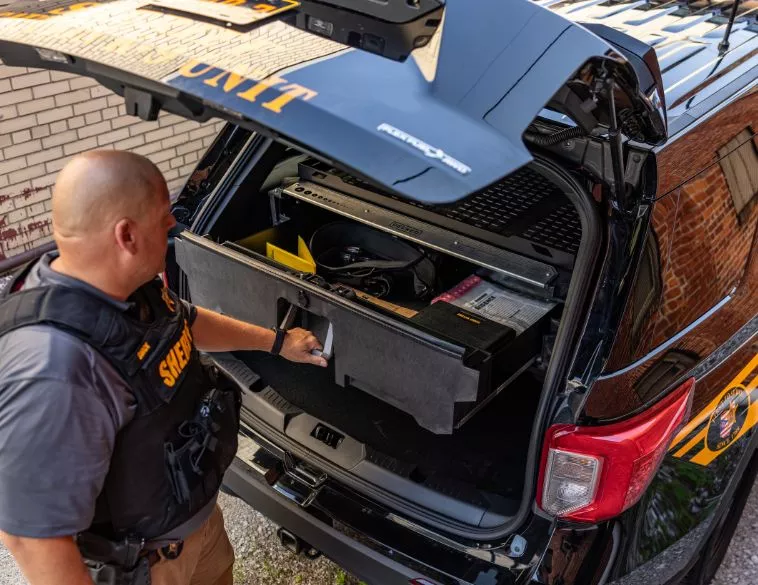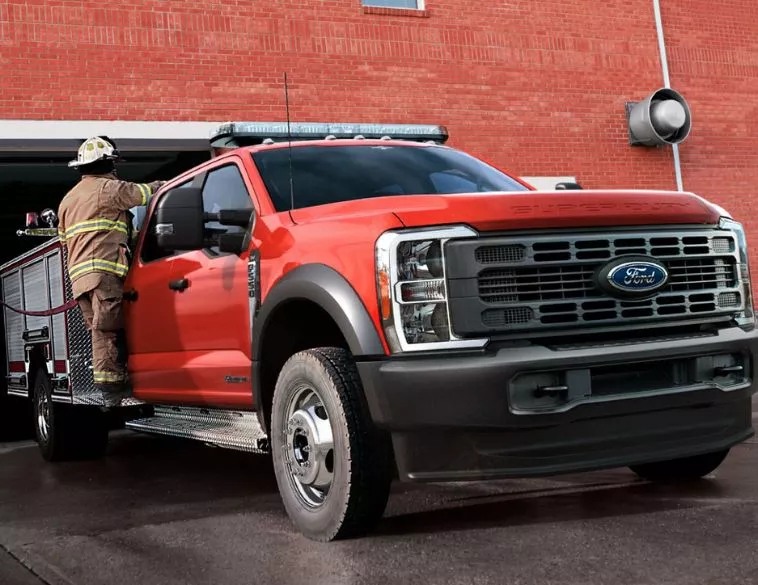ADAS and telematics: essential allies for fleet managers
These key technologies improve safety and efficiency.

As fleet managers juggle safety, profitability and uptime, in-vehicle technologies have become essential tools, rather than optional extras. Advanced Driver Assistance Systems (ADAS) and telematics solutions are proving indispensable for lowering risks and maintenance costs, while helping fleets get the most out of their vehicles.
“The ultimate goal for every fleet is to cut down on accidents, improve safety and reduce property damage,” says Troy Bauman, National Sales Manager for Ford Pro Intelligence.
Pre-collision assist, reverse brake assist and blind spot monitoring rank high on the list of key technologies sought by fleet professionals. “These systems play a direct role in reducing collisions and injuries, while also protecting the company’s reputation,” says Bauman. “Adaptive cruise control, in particular, is probably one of the most requested features among our commercial fleet customers. It’s an excellent tool for drivers who spend long hours on the road.”
GM Envolve takes a similar approach, emphasizing automatic emergency braking (AEB), forward collision warning (FCW), lane keeping assist, blind spot detection, rear cross-traffic alert and reverse brake assist.
The fleet division relies on solid data to support these choices. A 2019 study conducted by General Motors and the University of Michigan, based on more than 3.7 million vehicles, showed that combining AEB with FCW reduced front-end crashes by 46%.
The impact is even greater when multiple technologies are combined. Pairing reverse automatic braking with a rear-view camera, cross-traffic radar and parking sensors cut collisions by as much as 81%.
“What we’re seeing is that active systems—the ones that actually brake or steer the vehicle—provide an additional safety net. They go beyond simple alerts by stepping in when drivers are distracted or unable to react in time,” explains Sham Ahluwalia, Director of Sales, Service and Marketing at GM Envolve.
Safety first
Volvo, long recognized for their commitment to safety, includes most ADAS technologies as standard equipment. Starting with the 2026 model year, adaptive cruise control will also become standard across the brand’s entire lineup.
“This means managers don’t have to choose one function over another,” says Yusuf Choksi, Incentives and Fleet Manager at Volvo Canada. “Our commercial fleet customers aren’t just interested in protecting their assets. They also want to project a responsible image. Having highly secure vehicles sends a strong message to their clients and their employees.”
Alongside the headline features, some tools deserve more attention. Choksi believes that traffic sign recognition is often overlooked. “Seeing the speed limit, a radar warning or a red light appear on the display naturally makes drivers ease off the gas. It’s not about respecting traffic laws, it’s about avoiding a ticket,” he jokes.
Rear cross-traffic alert is another useful feature in daily driving, especially in residential areas. “It offsets bad habits, like relying solely on the rear-view camera instead of actually checking your surroundings,” Choksi adds.
While many systems are included as standard, certain options are well worth the investment. At Ford, the 360° camera is especially valued in urban areas, and on construction sites. Highway hands-free driving with BlueCruise is not yet available on most entry-level fleet models, but it appeals to executives and drivers with high annual mileage. “It’s a technology that will become more widely available over time,” Bauman notes.
Volvo offers a comparable feature with their semi-autonomous Pilot Assist. However, drivers are required to keep their hands on the wheel at all times. “On long trips, it’s a great advantage for both safety and comfort. It helps reduce fatigue and makes driving smoother,” Choksi says.
A winning combination
If ADAS technologies help prevent accidents, telematics can help correct behaviour. Ford relies on proprietary modules, GM Envolve uses their own integrated solutions, while Volvo works with Geotab technology.
In addition, GM leverages the data to build driver profiles. These records make it easier to pinpoint risky behaviour and tailor coaching to the needs of each driver. “It’s all about optimizing fleet use and encouraging safer driving habits. You can’t correct what you don’t know,” says Ahluwalia.
Volvo uses the data to support electrification, as well. “By combining telematics with ADAS, we can give managers a complete picture of their fleet’s performance, both in terms of safety and energy efficiency,” Choksi explains.
Ford goes a step further with real-time airbag deployment alerts, and in-cabin cameras that can detect distracted driving. The automaker is also preparing to roll out three new features: an engine immobilizer to prevent theft, a speed limiter, and an acceleration limiter, which will likely appeal to decision-makers considering electric models.
Not all managers have the same priorities. “Large fleets are focused on ROI, data analysis and integrating telematics. Smaller fleets mainly want vehicles that are safe and functional,” observes Choksi.
But the evidence points in the same direction. “Historical data consistently shows that ADAS technologies reduce collisions, which can lower repair costs, claims and downtime over time. Beyond the numbers, these systems protect the fleet’s most valuable asset, their people. That makes them not just a financial investment, but a commitment to safety,” Ahluwalia concludes.








